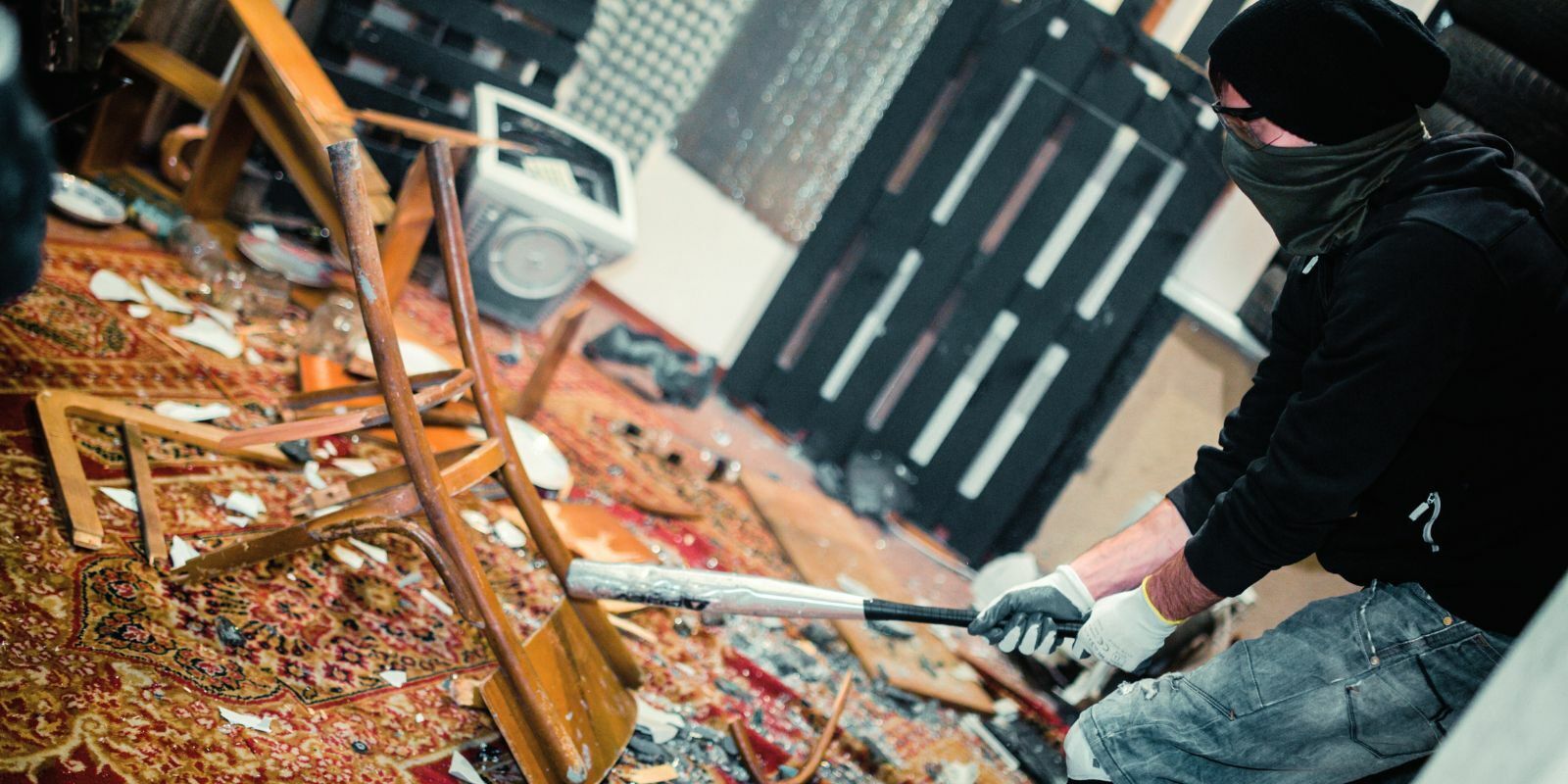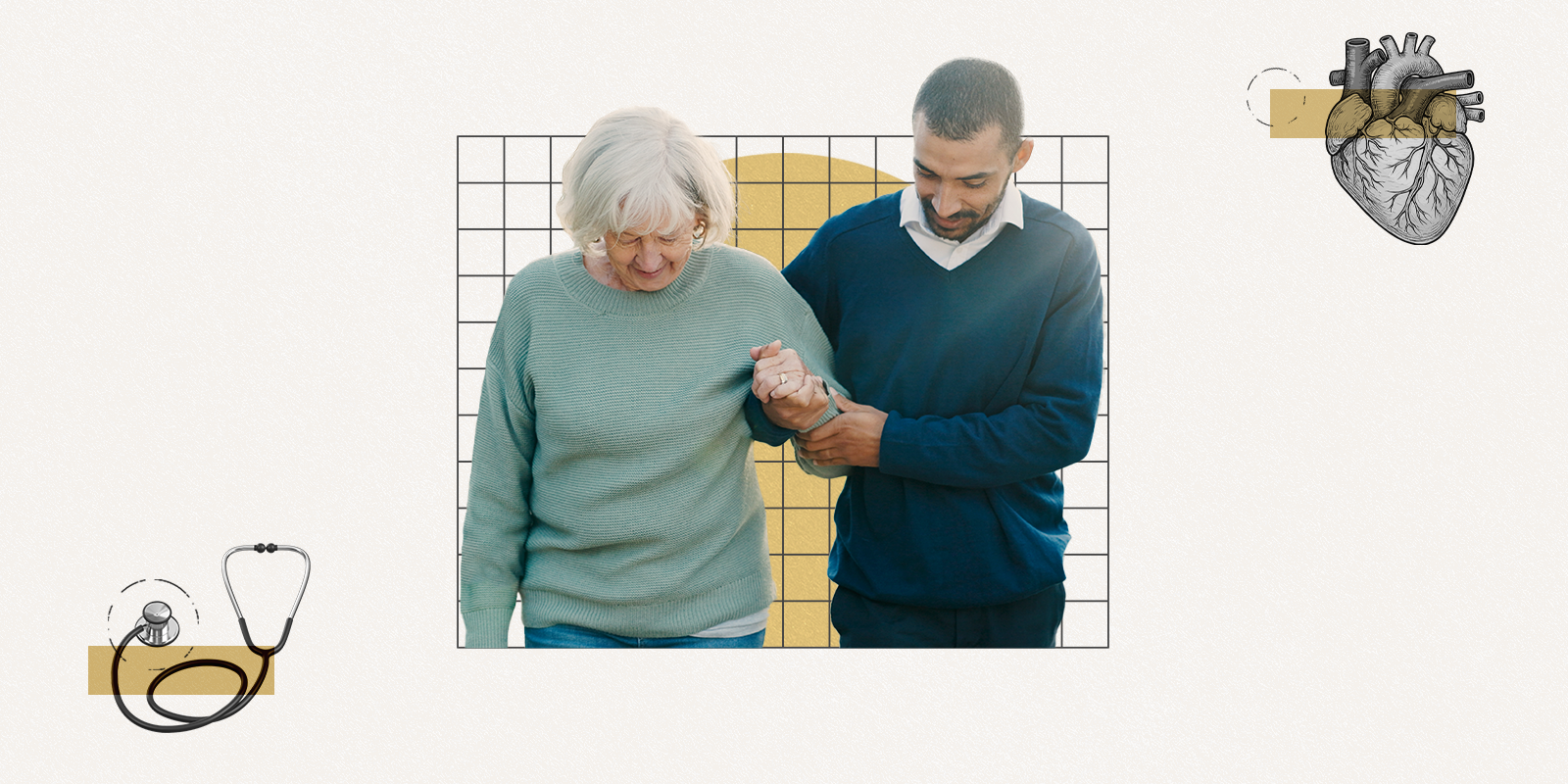Why are rage rooms, scream clubs and combat sports gaining popularity as stress-relief tools? Is this a cultural shift?
People are overwhelmed, burnt out and angry due to ongoing political, economic and social issues. There’s a growing sense of helplessness, and many people are looking for ways to regain a sense of control. Anger, once viewed as taboo especially for women, is becoming more openly discussed along with mental health. Historically, people were conditioned to suppress it or act on it destructively.
Today, we’re seeing a shift toward externalizing emotions in more socially accepted ways, like through rage rooms or combat sports. This trend also reflects broader cultural changes. People are seeking healthier ways to process emotions instead of turning to substances or internalizing distress. While not perfect solutions, these outlets reflect a societal move toward acknowledging and managing emotions rather than avoiding them.
Does physically releasing anger (screaming, hitting, breaking things) help reduce stress or rage long term?
Despite how good it may feel in the moment, there’s little scientific evidence supporting catharsis as an effective long-term strategy. In fact, acting out anger physically can sometimes reinforce aggression rather than relieve it. These behaviors may train the brain to associate anger with aggression, leading to more impulsive responses over time. Without addressing the root cause, any relief gained is likely to be temporary.
What are the short-term benefits of these aggressive outlets?
Short term, activities like rage rooms can be fun, novel and mood-boosting. They may help people who struggle to verbalize emotions start to release them in small, manageable ways. The physical activity can release endorphins and improve mood. It can also offer a shared, bonding experience. For some, visualizing and physically expressing anger helps pave the way for deeper emotional work in therapy.
Could these methods reinforce aggression? When does venting become harmful?
Yes, when aggressive expression becomes a default or exclusive coping method, it can become harmful. It can train people to equate frustration with violence. For individuals with a history of destructive behavior, rage rooms can reinforce maladaptive patterns. Warning signs include escalating aggression, impaired relationships or struggling to function at work or school. A healthy emotional regulation toolkit should include multiple coping strategies.
Shows like “Cobra Kai” have boosted interest in martial arts for both kids and adults. How do structured practices such as martial arts compare to rage rooms in managing stress or trauma?
Martial arts require time, discipline and repeated practice. It’s not about quick release but about building long-term emotional resilience, focus and self-control. Unlike rage rooms, which offer momentary relief, martial arts can be a sustainable path to emotional balance. It's a structured outlet that promotes mindfulness and growth.
Is the presence of technique and discipline in martial arts what makes it psychologically healthier?
For many, yes. Engaging in an activity that demands focus, consistency and personal investment can be deeply therapeutic. These practices promote emotional awareness, body-mind connection and healthy expression of emotions. What’s “healthy” can vary by person but activities rooted in values and intentionality tend to offer more lasting benefits.
Are there warning signs someone might be using aggressive expression as a crutch?
If aggressive outlets become the only coping mechanism or are used rigidly and excessively, that’s a red flag. Other warning signs include interpersonal conflict, frequent outbursts or an inability to manage anger in everyday situations. Healthy emotional regulation involves flexibility and the ability to choose from a range of strategies.
Beyond the rage rooms: There are plenty of non-violent, cathartic options, including: dancing, painting, drumming, singing loudly, expressive writing, running, walking, practicing yoga and meditating.
Are certain people more at risk when using high-intensity outlets?
People with trauma histories, OCD (obsessive-compulsive disorder), eating disorders or those who avoid negative emotions may use aggressive outlets compulsively. If the goal is to escape or avoid feelings rather than process them, the behavior can become maladaptive. People who strive for control over their emotions or environment may also gravitate toward these outlets for the wrong reasons.
Can combat sports help trauma survivors heal?
They can. For trauma survivors, engaging in safe, structured combat sports can restore a sense of control and safety. These practices can help people feel grounded in their bodies, regain confidence, and express intense emotions in a constructive way, especially when approached mindfully and with intention.
How can aggressive outlets be safely integrated into an emotional wellness plan?
It’s important to recognize that anger is a valid emotion, and it can signal boundary violations or be a powerful motivator for change. However, if anger dominates or disrupts life, it should be addressed thoughtfully. Pairing outlets like boxing or rage rooms with therapy or mindfulness helps ensure the behavior is part of a broader emotional regulation plan, not just a temporary fix. Therapy can help people explore the roots of their anger, learn coping strategies and engage in self-regulation practices like mindfulness, journaling or creative expression. Used with awareness, physical outlets can complement emotional growth, not replace it.
Feature photo at top: Outfitted in protective gear, a rage room client destroys a chair with a baseball bat.



.png)

